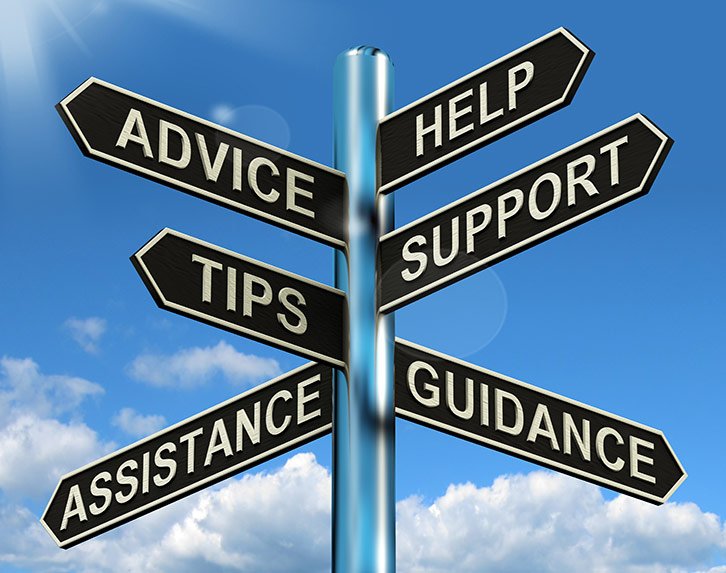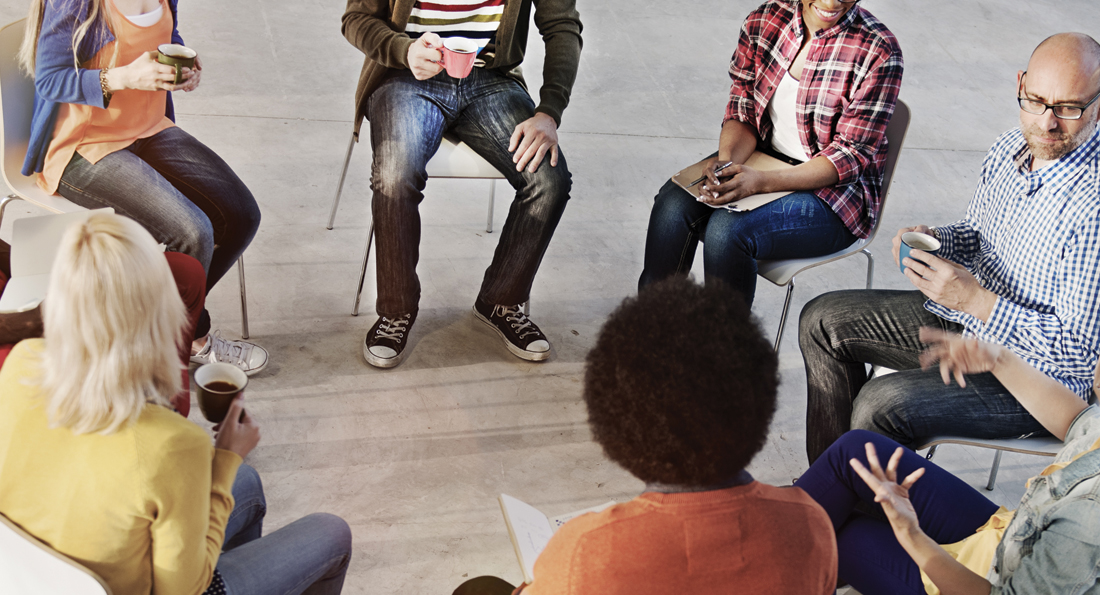By Avon and Wiltshire Mental Health Partnership NHS Trust Be Safe Service
In the context of this unprecedented national situation, it seems increasingly likely that telephone calls will become the safest way in which we are able to remain supportive and in contact with families and hold appointments over the next period of time. This document is intended to give clinicians some helpful ideas about how to manage calls and some creative ideas in response to this situation. Making calming and continuing contact with young people and their families is likely to serve a very important stabilising function at this difficult time.
I found this a helpful read- https://www.childrenscommissioner.gov.uk/2020/03/17/supporting-children-during-the-coronavirus-outbreak/
Our primary contact will be the parents, but it may feel possible to have helpful talks and appointments with young people over the phone. If we are talking with young people it might be helpful to establish who is around and available after the call should the young person feel distressed or need support and remind them that if we feel worried we will call parents/carers to let them know following the call.
Be aware that some resources are not appropriate for everyone and may go out of date as the advice changes so please check appropriateness before recommending. and you may have many more to add.
General wellbeing checks over the phone
- Young people being online – Being online will be a very important way for young people to keep in contact with their friends when schools close but parents might need to be reminded about monitoring use of the internet and that this might be a time when young people are online even more than usual. If parents are worried or need help to do this they can look at https://www.ceop.police.uk/safety-centre/, https://www.thinkuknow.co.uk/ , https://www.parentsprotect.co.uk/ , https://www.childline.org.uk/ to help them access information about setting up safety measures and checking parental controls.
Exploring creative ways to stay busy in the home
- Building in time in which children and young people can play or be in their rooms having quiet time alongside time when parents and children come together to feel more connected might help structure the day.
- Thinking of something new and novel that could be done each day e.g. tidying rooms, helping with any chores, garden work or DIY, starting any creative projects together, researching new topics on the internet, arts, and crafts, board games, cooking. If children or young people are off from school, they are likely to be given home packs so parents might help children and young people to structure their time around this.
- This is a list of free online courses and activities https://kidsactivitiesblog.com/135609/list-of-education-companies-offering-free-subscriptions/
- Regular mealtimes and bedtime routines might be even more important in times of uncertainty than they are normally.
- Helping families to think about ways to do any exercise in the home might also be really helpful and finding fun videos online to help do this. https://youtu.be/d3LPrhI0v-w
Managing uncertainty and anxiety –
- Recap on any emotional coping strategies already covered in sessions might be helpful alongside exploring family strengths and resources.
- It’s important that parents keep up to date with announcements from the government and public health England (https://www.nhs.uk/conditions/coronavirus-covid-19/) but it might also be worth highlighting that reading lots about the situation on social media can also increase anxiety in ways that may not be manageable or helpful for some parents. It might be helpful to, therefore, think with parents about striking a balance around this and monitoring how social media is affecting parents’ own mood and anxiety.
- It might be very helpful to think with parents about how they manage their own anxiety and worries and how much to talk to children about what is happening in a reassuring and containing way. Talking to children and young people about what is going on is very important, but this needs to be done in a containing, factual and developmentally appropriate way so helping our parents to think this through might be useful. I found this video helpful, although some of the information has changed https://childmind.org/article/talking-to-kids-about-the-coronavirus/ or https://bit.ly/2ISFKxj and/or https://edpsy.org.uk/blog/2020/coronavirus-covid-19-information-for-children-families-and-professionals/
- This is a podcast about managing anxiety in relation to the virus http://letstalkaboutcbt.libsyn.com/coping-with-anxiety-about-coronavirus
Free resources to assist with calming and reassurance –
Assessing risk and safety planning on the phone –
- Calls can establish if any new concerns or any risk issues have emerged or increased and how to have the parents managed these. Clinicians need to update risk information on care notes so that if other clinicians need to take over calls and support if primary clinicians themselves are not at work. Remind parents that they must let us know if new concerns emerge and that we will be endeavoring to provide those in most need with additional support.
- Remind young person and parents of any agreed safety or risk management plans. Check if they have printed copies of these at home and if not send out. It might be that any existing safety plans need to be amended to reflect more time being spent in the home.
- If there is a history of self-harm or suicidality parents should remove all sharps and all medications should be locked away as per any risk planning.
- Parents of young people with siblings or other foster children need to be reminded about bedrooms and bathrooms being private spaces and that supervision of children and young people needs to be tight whilst everyone is in the home all the time.
- It might be helpful for families to agree a family plan or contract at this time that helps them to deescalate conflict should this arise and how people can have space and calm down if they are not leaving the house
- If children are off school and the safety plan advises that they should not be left unaccompanied we will need to think supportively and creatively with parents who may be on low wage incomes, liaise with social care and other agencies such as citizen advice to help parents feel able to stay at home to support young people who are deemed at risk.
Useful places to signpost families for mental health support
- https://www.samaritans.org/
- www.youngminds.org.uk
- OCDUK website www.ocduk.org
- This resource explores things that might be helpful for looked after children and contains helpful links to other resources https://www.lucymaddox.co.uk/advice-for-foster-carers


